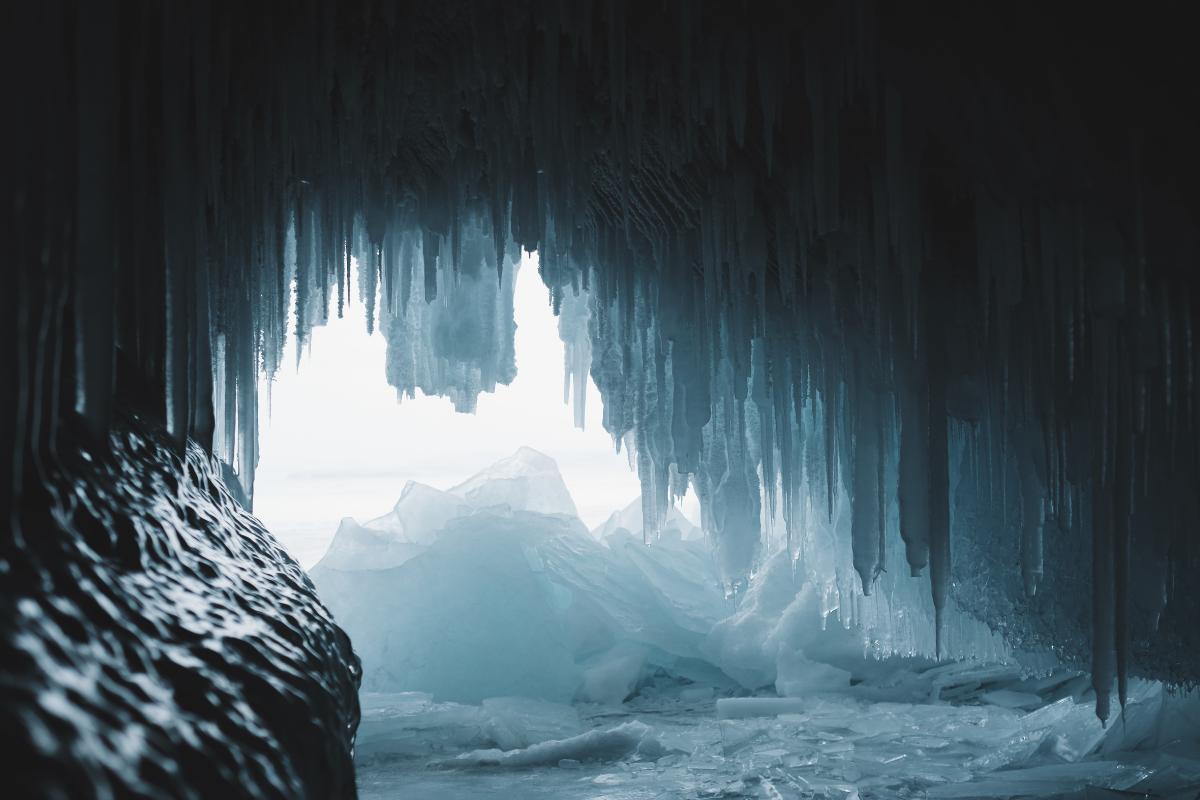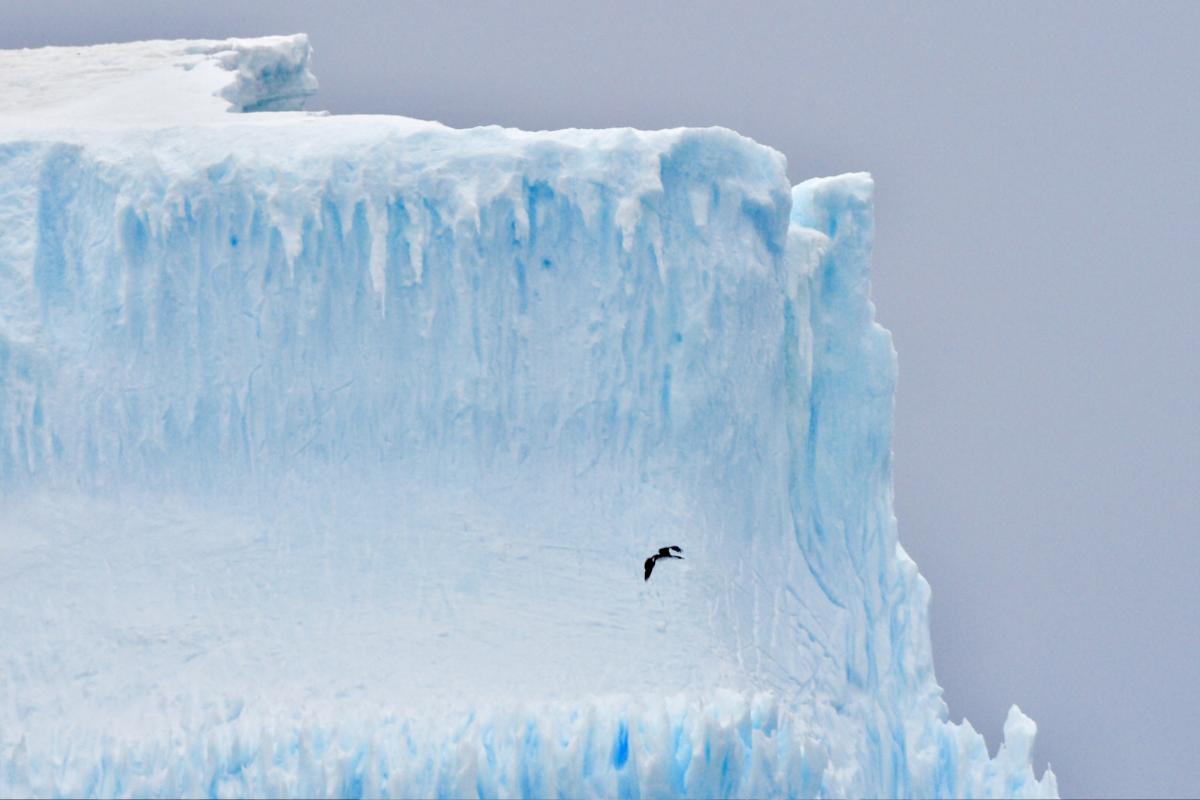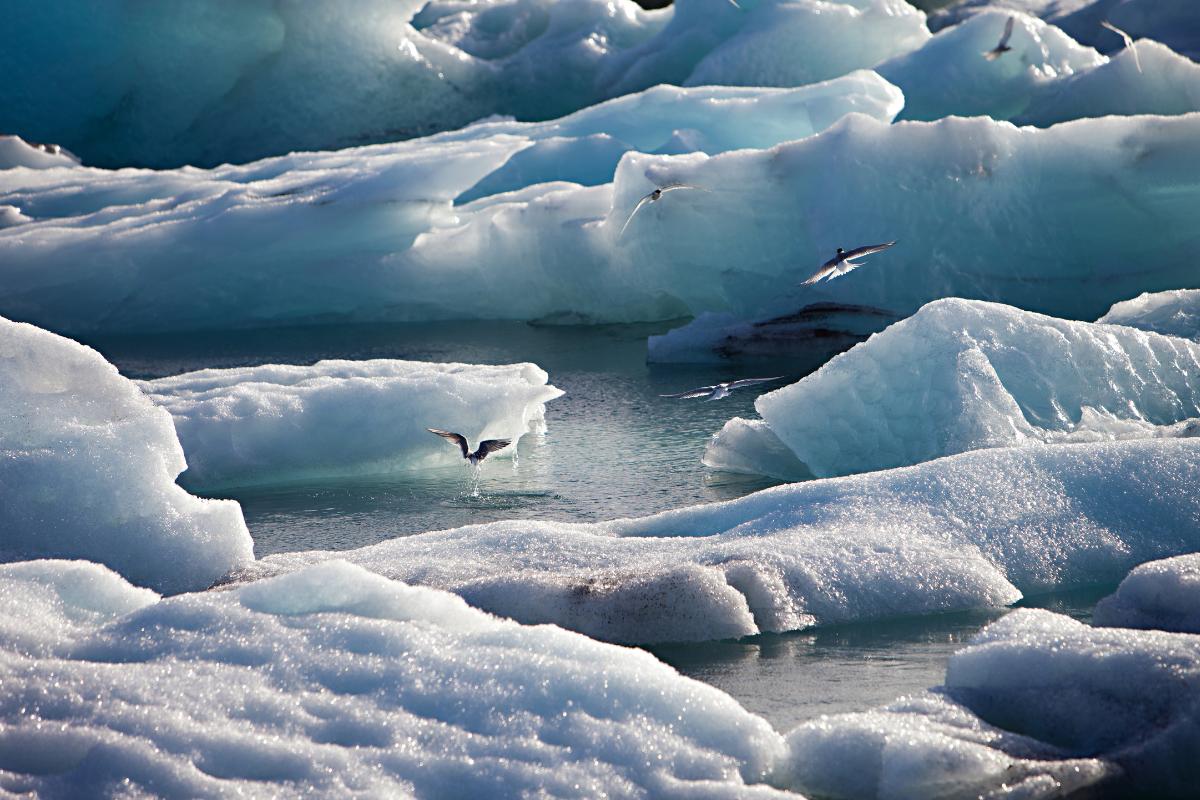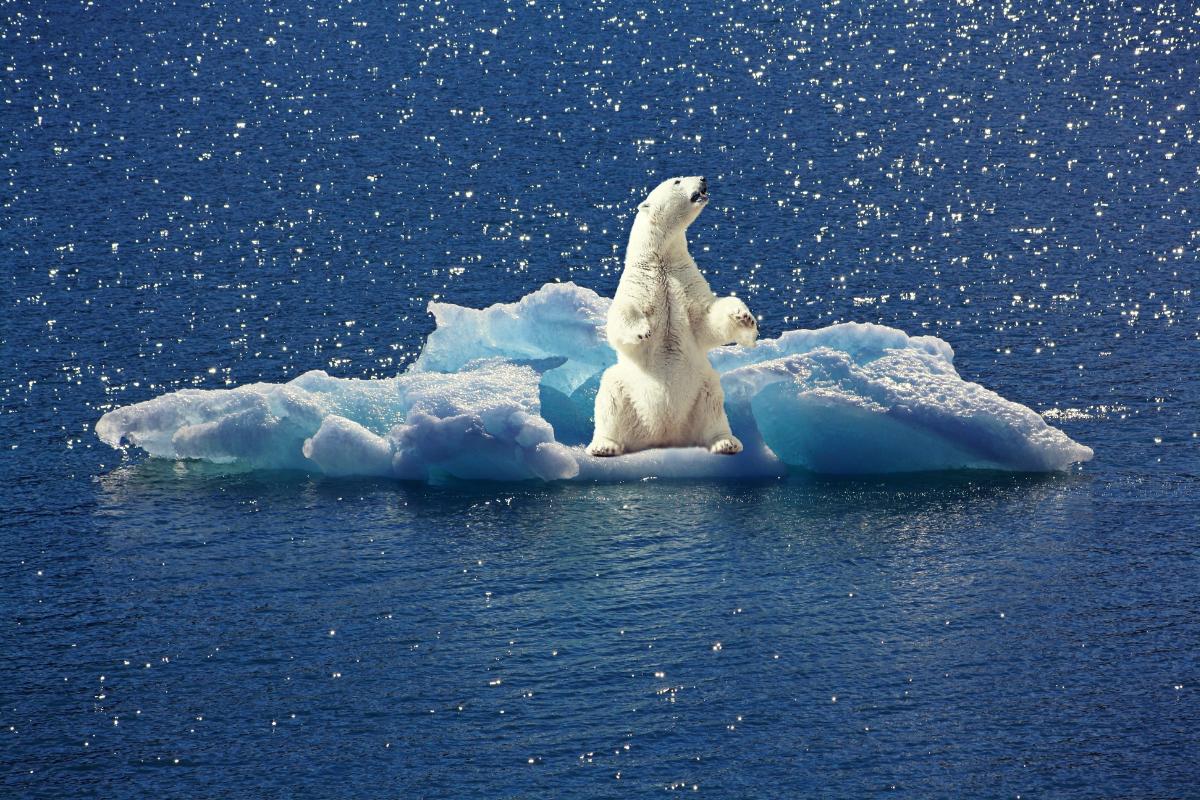What Is the Cryosphere?

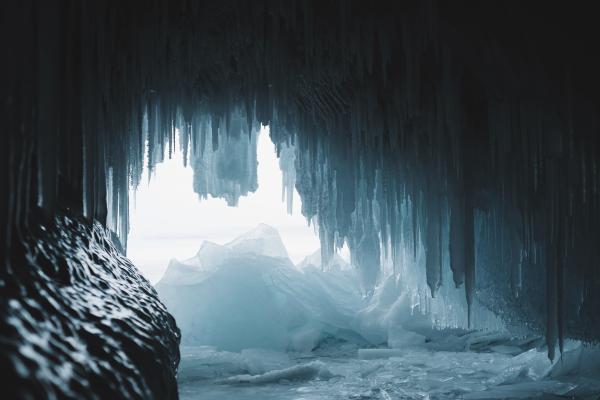
The cryosphere refers to all areas on Earth where water exists in its frozen form, including glaciers, ice sheets, snow, sea ice, and permafrost. This frozen world plays a critical role in shaping the global climate, as it influences Earth’s temperature, sea levels, and water cycles. However, climate change is impacting the cryosphere rapidly, with rising global temperatures accelerating ice melt, altering ecosystems, and contributing to sea level rise.
The following article by thedailyECO explores what the cryosphere is, its main characteristics, and its importance. It also delves into how climate change affects not only polar regions but global systems as a whole.
What is the cryosphere?
The term "cryosphere" derives from the Greek words "kryos" (ice) and "sphere" (globe). It refers to all regions on Earth where water exists in solid form, including both surface and subsurface locations. The cryosphere includes:
- Permanent ice sheets and ice caps in polar regions
- Mountain glaciers across different continents
- Seasonal snow cover and frozen ground
- Sea ice and ice shelves
- Permafrost in Arctic regions
- Frozen lakes and rivers
These frozen regions store about 75% of Earth's freshwater. Antarctica holds most of this ice, with sheets reaching depths of 4.8 kilometers in some areas.
The cryosphere controls temperature through three main properties:
- Surface reflection: snow and ice reflect most sunlight back to space. This albedo effect helps cool Earth's surface. Dark ocean water or land absorbs more heat, so less ice means more warming.
- Heat transfer: ice and snow move heat more slowly than air. This makes them natural insulators, protecting the ground below from temperature changes.
- Phase changes: when ice melts or water freezes, it transfers heat. This process helps distribute energy through Earth's climate system.
Did you know that ice is less dense than liquid water? Learn more about this counterintuitive fact and its implications.
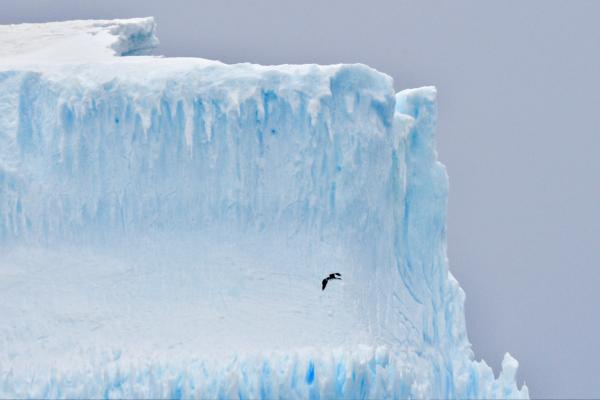
Key Characteristics of the cryosphere
The cryosphere has specific physical properties that make it a powerful force in Earth's climate system. Let's break down these characteristics:
- The cryosphere forms in high latitudes and altitudes where temperatures stay low. You'll find permanent ice sheets in polar regions and glaciers on high mountains. Seasonal ice and snow appear in many places during winter.
- Ice and snow in the cryosphere appear in different colors. New ice looks transparent, while older ice often shows white or light blue. Some glaciers display a pink tint from algae growing on their surface. In fact, scientists now use this as an indicator of climate change.
- The cryosphere acts as Earth's freezer, storing about 75% of all freshwater. Antarctica contains the largest ice volume. This frozen storage affects sea levels and water availability for many regions.
- Its existence is highly temperature-sensitive, directly influenced by seasonal and long-term climate patterns. Slight increases in temperature can lead to significant melting and reduction in ice-covered areas.
- Time plays a crucial role in the cryosphere's development. While winter brings temporary snow and ice to many regions, permanent ice sheets contain layers built up over hundreds of thousands of years.
- The cryosphere varies seasonally and geographically, with significant coverage in polar regions (Arctic and Antarctic) and high-altitude mountain ranges across the world.
- The cryosphere reflects solar radiation due to its high albedo, helping to regulate Earth’s temperature. Melting ice reduces this reflective surface, potentially accelerating global warming.
Curious about how Earth's reflectivity affects its climate? Explore the concept of albedo and its impact on global warming.
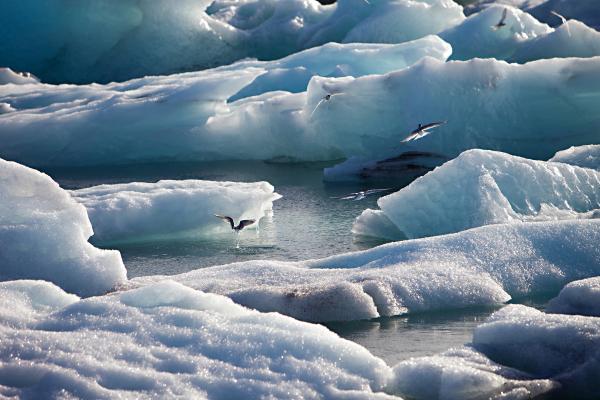
Importance of the cryosphere in the climate system
The cryosphere does far more than store ice and snow. As we have mentioned in the section before, it actively shapes Earth's climate and supports life across the planet. Everything from your daily weather, the water you drink, and even the air you breathe connect to these frozen regions in direct ways.
Ice cores tell us stories about Earth's past. Scientists drill deep into ancient ice layers, finding air bubbles trapped thousands of years ago. This preserved air reveals how Earth's climate changed over time, helping us understand current climate patterns. The chemical composition of these ice layers also shows how atmospheric conditions shifted through different periods.
The cryosphere maintains Earth's temperature balance through its reflective properties. When sunlight hits ice and snow, about 90% of it bounces back into space, compared to only 30% reflection from bare ground. As ice melts, darker surfaces absorb more heat, leading to additional warming. This creates a feedback loop where less ice means more heat absorption, which causes more ice to melt.
Not only that, but freshwater availability depends heavily on the cryosphere. Mountain glaciers are natural reservoirs that store winter precipitation and release it slowly during warmer months. It is the steady release of meltwater supplies drinking water to millions of people and supports agriculture in many regions. The timing of this melt affects river flows, groundwater recharge, and local ecosystems.
Ocean circulation patterns rely on the freezing and melting of sea ice. As seawater freezes, it leaves behind saltier, denser water that sinks to the ocean floor. This process drives global ocean currents, moving heat from tropical regions toward the poles. These currents, in turn, influence weather patterns across the planet and support marine ecosystems.
The cryosphere also affects atmospheric conditions. Snow and ice influence local temperature patterns, wind systems, and precipitation. Changes in ice cover can shift storm tracks and alter rainfall patterns thousands of kilometers away. This connection means that melting Arctic ice can affect monsoon patterns in Asia or storm systems in North America.
Finally, arctic communities have lived with and relied on the cryosphere for generations. Traditional hunting practices, transportation routes, and cultural activities depend on predictable ice and snow patterns. As these patterns change, communities must adapt their ways of life. However, beyond human communities, countless species depend on frozen environments.
It is important to note that the permafrost zones of the Arctic store large amounts of carbon dioxide and methane. This means that, As these areas thaw, these greenhouse gases release into the atmosphere. This release can accelerate global warming, creating another feedback loop that affects climate worldwide.

How does climate change affect the cryosphere?
eRising global temperatures reshape Earth's frozen regions at an accelerating pace. These changes in the cryosphere create ripple effects that touch every part of our planet's climate system.
Ice loss in Antarctica has tripled since 2007. Satellite data shows ice sheets breaking apart faster than ever, with meltwater pouring into the oceans.
When frozen regions thaw, they release greenhouse gases trapped for thousands of years. Permafrost holds vast amounts of carbon dioxide and methane. As this ground thaws, these gases escape into the atmosphere, speeding up the warming process. Recent research shows this permafrost thaw happening faster than scientists predicted.
Sea levels rise as ice melts. Current projections show potential increases of up than 1.1 meters by 2100 in coastal areas. This rise threatens coastal cities, forcing communities to plan for flooding and relocation. Salt water pushes inland, contaminating freshwater supplies and agricultural land.
Ocean chemistry changes as ice melts. When frozen CO2 releases into seawater, it increases ocean acidity. Many marine species can't survive these pH changes. Coral reefs suffer particularly, as acidic water prevents them from building their calcium carbonate structures. As reefs die, entire marine ecosystems collapse.
The albedo effect diminishes as white ice surfaces disappear. Dark ocean water absorbs more solar heat than reflective ice, creating a warming cycle. Each lost patch of ice means more heat absorption, leading to more ice loss. This means that marine ecosystems face disruption as water temperatures change. Fish species move toward cooler waters, altering food chains and fishing patterns. Some Arctic species lose their hunting grounds as sea ice vanishes. These changes affect both wildlife and human communities that rely on traditional fishing.
Ocean currents shift as melting ice adds freshwater to the seas. This freshwater influx changes water density patterns that drive global ocean circulation. These altered currents affect weather patterns worldwide, influencing everything from storm tracks to rainfall distribution.
Mountain communities face new challenges as glaciers retreat. Rivers fed by glacier melt become unreliable, affecting water supplies and hydroelectric power generation. This also means that spring runoff patterns change, forcing farmers to adapt their growing seasons and irrigation practices.
These changes in the cryosphere show how connected Earth's climate systems are.
Want to learn more about the geological processes that have shaped our planet? Explore this other article on glacial erosion.
If you want to read similar articles to What Is the Cryosphere?, we recommend you visit our Facts about Earth and the universe category.
- Bartels-Rausch, T., Bergeron, V., Cartwright, J. H., et al. (2021). Ice structures, patterns, and processes: A view across the ice fields. Reviews of Modern Physics, 93(2), 025003.
- Box, J. E., Colgan, W. T., Wouters, B., Burgess, D. O., & O'Neel, S. (2023). State of the cryosphere: Ice mass balance changes from global to local scales. Nature Climate Change, 13(8), 694-704.
- Briner, J. P., Cuzzone, J. K., Badgeley, J. A., et al. (2020). Rate of mass loss from the Greenland Ice Sheet will exceed Holocene values this century. Nature, 586(7827), 70-74.





